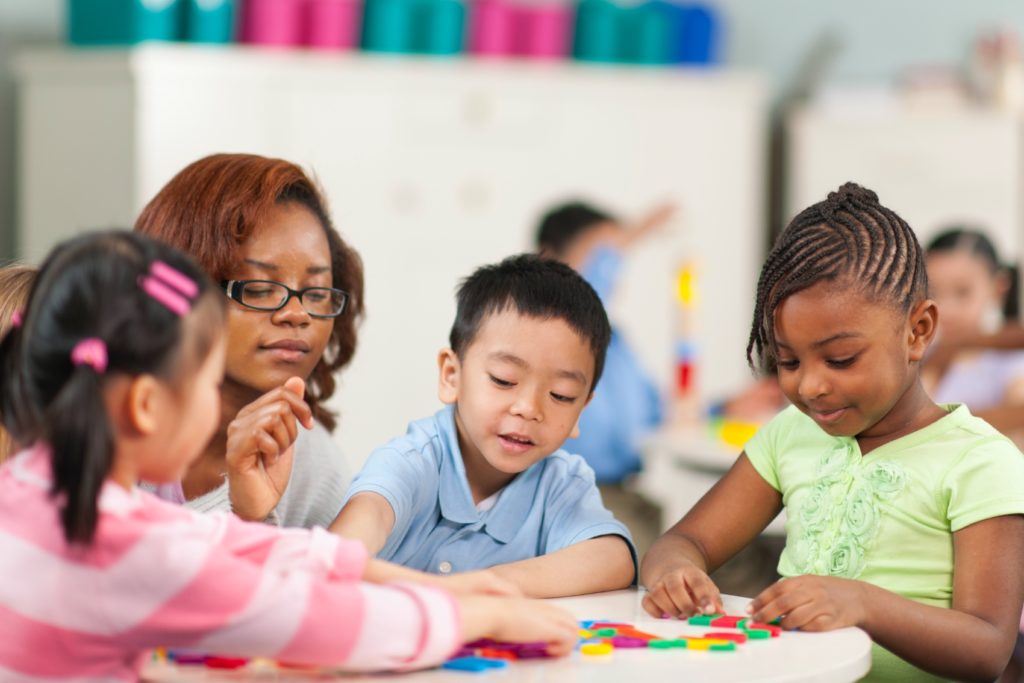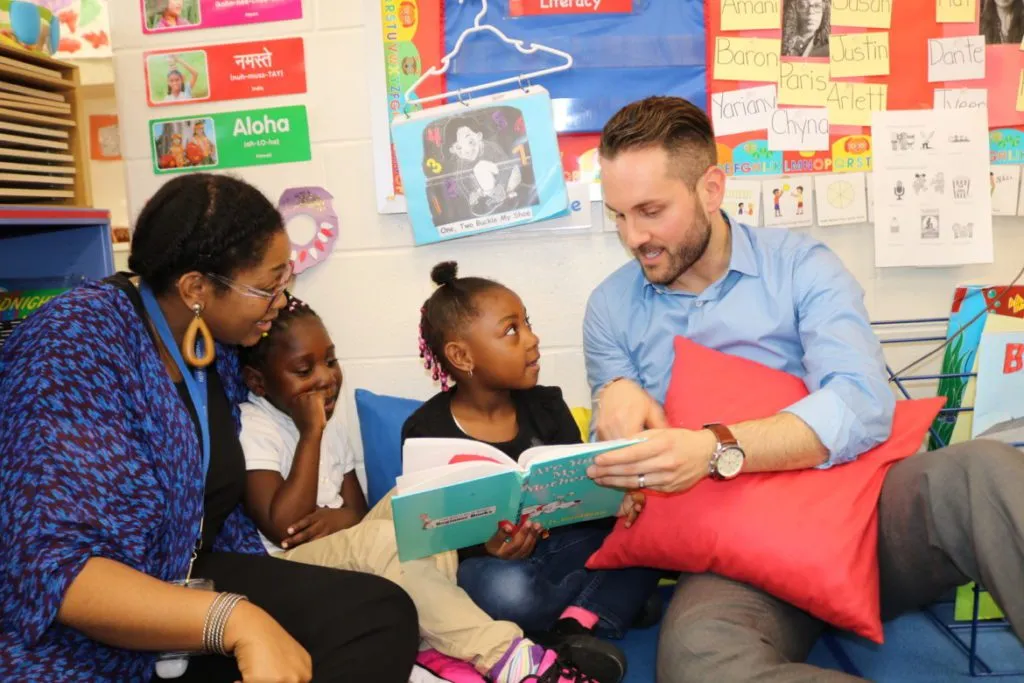Diversity in the Preschool Classroom: 8 Considerations to Avoid Cultural Clashes


Preschool children often come to school with an understanding of how they are supposed to speak, move, behave, express themselves, and interact with other children and adults. These beliefs about how they are supposed to conduct themselves are largely informed by their families’ cultural backgrounds.
1. The diversity we see in today’s classrooms reflects the people who live, work, worship, and play in our communities.
In most families, cultural, ethnic, and religious practices inform how they see themselves. Some young children may be able to articulate their racial or ethnic background. Others may not yet possess the vocabulary to do so. For example, when I was growing up, my Anglo friends would say, “I’m just plain American,” but my parents were quick to remind me that I, too, was American. If we were all American, how and why was I different?
2. As teachers, we need to be prepared to help all children feel proud of and confident about their family culture.
We also need to help them recognize that another child’s cultural practices may be very different from their own. This can be a very sensitive and nuanced distinction that young children are not fully prepared to understand, but what they really need to see is that all family members are welcomed, respected, and treated warmly and that their family culture is reflected and celebrated in their classroom.
3. We Must Consider Our Own Cultural Expectations
Before we can effectively support and celebrate the cultures of others, we need to recognize and evaluate our own cultural expectations. When children’s and families’ practices “clash” with our own, it can lead to misunderstandings and assumptions. When considering your own cultural beliefs, take a moment to ask yourself the following questions:
- As a child, how did you address your grandparents, aunts, uncles and parents?
- Were you encouraged to act in a different way when in public or at school?
- How were you expected to speak to or interact with adults?
- Was there one way to speak with family and friends at home and a different way to speak to others in public or at school?
- Were there expectations about your role in the family based on your age or gender?
- Were you encouraged to be independent or to see yourself as part of a group?
4. The messages we learn from our families form the basis of our cultural views.
For example, some cultures teach children that adults are authority figures to be treated with respect and deference. In these cultures, children may refer to adults by their last name (Mr. Flores), by their title (“Teacher,” Miss Sara), by their relationship (Grandma Eleanor, Pop-Pop), or even by a cultural term of respect and endearment that is generally reserved for elders (e.g., Auntie Ronnie). If you personally embrace these practices and a child addresses you by your first name, you might interpret it as a sign of disrespect or impertinence. Though we may not share the cultural practices of the children in our classroom, it is our job as educators to model open-mindedness, encouragement, and understanding.
5. Now consider for a moment how you are currently supporting diversity in your classroom.
- Can children hear their first languages spoken or sung?
- Do you encourage families to support their children’s development in their first language?
- When displaying photos of the children and families, do they reflect their cultural backgrounds? Do they avoid stereotypical representations of food, clothing, and practices?
- Do you view cultural differences as potential resources or as challenges to overcome?
- Do classroom labels, dictations, and signs reflect the children’s first languages?
- Do you discuss cultural differences in a positive, respectful way? For example, you might say, “Nina, you are standing very close to Hasan. Hasan, you keep moving away from Nina. I wonder if Hasan needs more space around his body. Hasan, you can ask Nina to take one step back.”
6. As teachers, we need to recognize the powerful influence that children’s cultures and family practices have on their attitudes and behaviors.
Consider the messages that a typical educational setting conveys and whether those messages might challenge children’s cultural expectations. For example, most school settings encourage children to be independent and to focus on their own accomplishments. Children whose families value sharing, helping others, and humility may find this difficult. Further, cultural differences can fuel misunderstandings about independence, eye contact, physical proximity, mealtime behaviors, appearance, gender roles, and the types of play that children engage in.
This mismatch between your expectations for children’s behavior and their cultural norms can be mistaken for challenging or even defiant behavior. For example, because some cultures use direct commands (e.g., “Hang your coat in your cubby”), children might not recognize commands posed as questions (e.g., “Could you please hang your coat in your cubby?”). In this example, a child may not realize that she is being asked to hang up her coat right away. She might even be accused of being impolite or defiant if she fails to comply immediately. A child who is unaware of or does not fully understand your expectations needs your support to do so.
7. The results of a mismatch between your expectations for a child’s behavior and her cultural norms can be devastating:
-
- “[Children in preschool] are expelled at three times the rate of children in kindergarten through [twelfth] grade.
- Preschool boys are four times more likely to be expelled [than preschool] girls.
- African American children are expelled almost twice as often as Latino and white children and more than five times as often as Asian American children.]”
Source: Understanding and Eliminating Expulsion in Early Childhood Programs
8. Knowledge of Cultural Practices Leads to Confidence
Children have the most confidence in themselves and their ability to learn when they see themselves as valued and respected members of the classroom community. To support children to learn about these sensitive and nuanced cultural differences, consider how much you know about the children’s families. The “Culture” section in chapter 1 of The Creative Curriculum for Preschool, Volume 1: The Foundation explains how children’s cultural background can affect their development, learning, and classroom behaviors. Learning all you can about children’s families and cultural practices helps you understand what makes each child unique and appreciate the richness that diversity brings to your community. Only when we are confident about who we are can we confidently encourage others to celebrate who they are.

The Creative Curriculum is an excellent resource to guide you through creating a classroom environment that embraces cultural diversity.